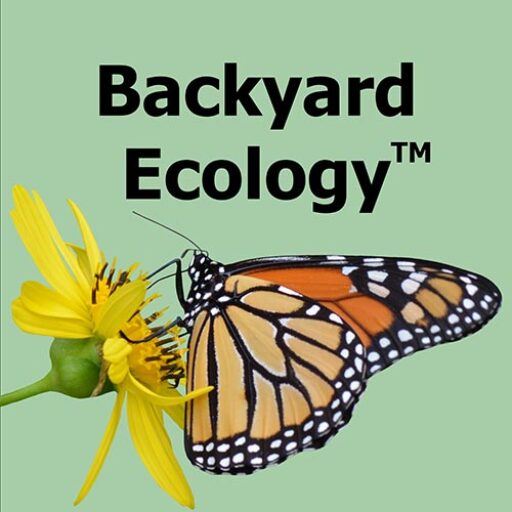Tag: Bird
-
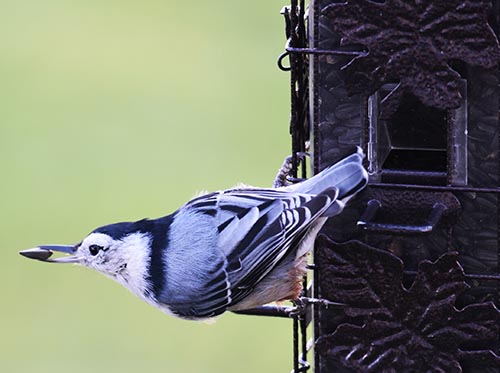
How to Attract More Birds to Your Yard
When someone decides they want to attract birds to their yard, often the first thing they do is put up a birdfeeder (or two). It’s what we did when I was a kid, and it’s what countless other people I know have done. There’s nothing wrong with putting out a birdfeeder. They’re a great way…
-
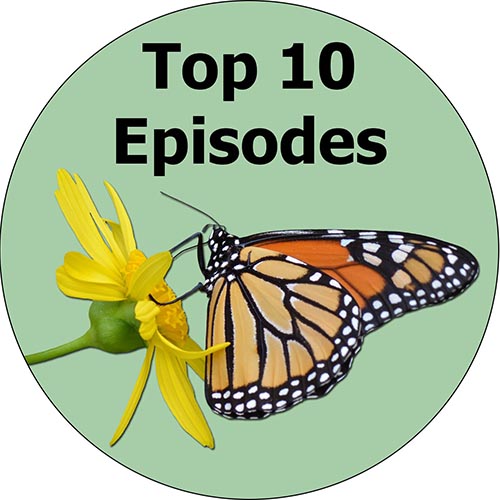
Top 10 Backyard Ecology Podcast Episodes: October 1, 2022 – October 1, 2023
We review the top 10 Backyard Ecology podcast episodes published between Oct. 1, 2022 and Oct. 1, 2023 based on the number of downloads.
-
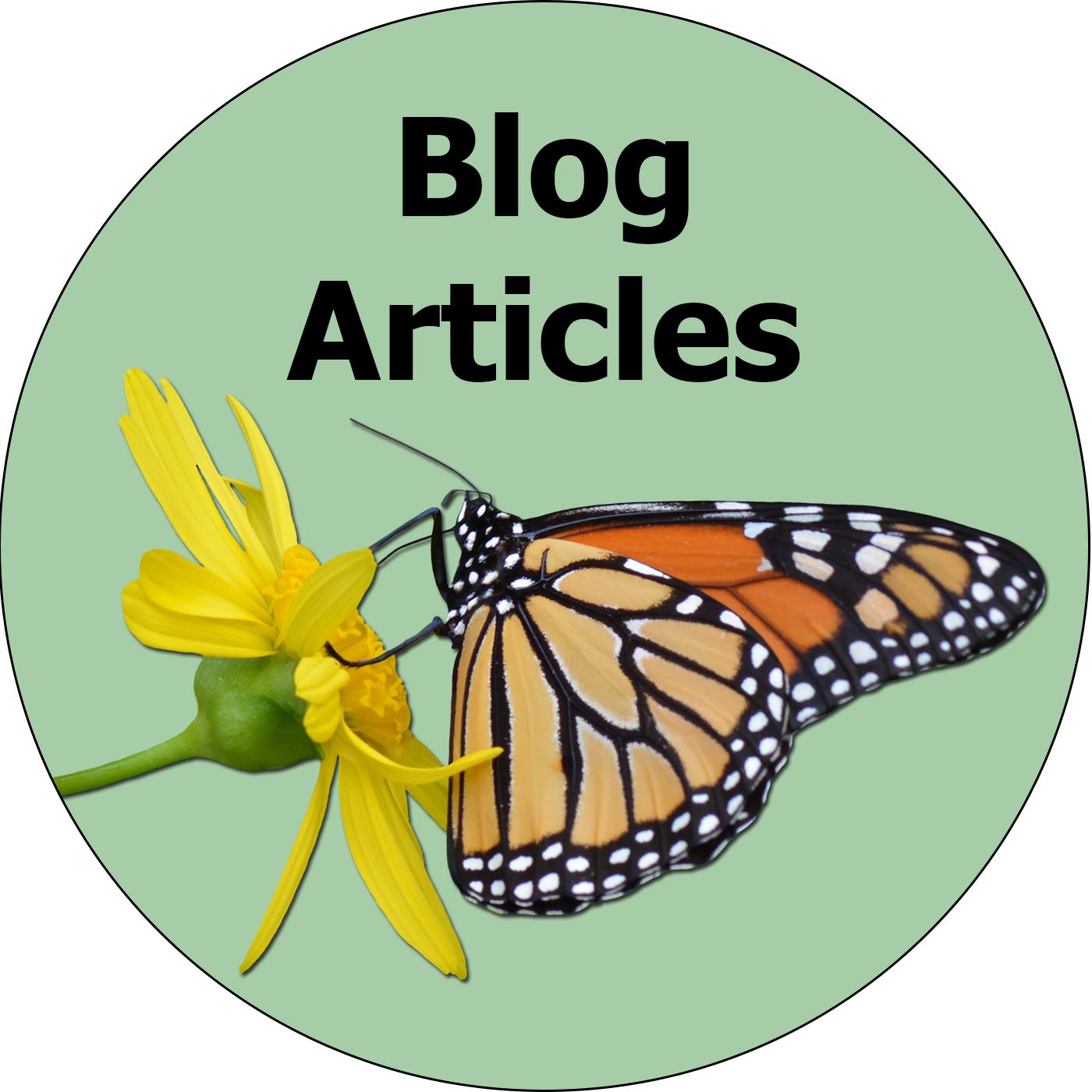
Top 10 Backyard Ecology Blog Articles: October 2022 – October 2023
in BlogA review of the top 10 Backyard Ecology blog articles published between October 2022 and October 2023 plus a bonus of the most viewed article of all time.
-
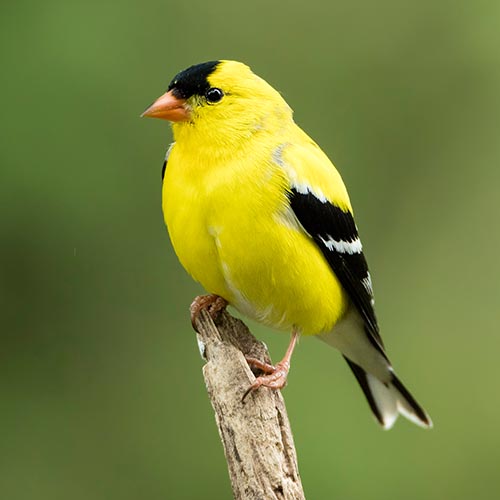
The American Goldfinch: A Comprehensive Guide
I remember Dad hanging our first tube feeder on the front porch. He filled it from a special bag of seed, not the sunflower seeds that we fed to all the other birds that came to our feeders during the winter. These were much smaller and elongated – “thistle seeds” he called them. I silently…
-
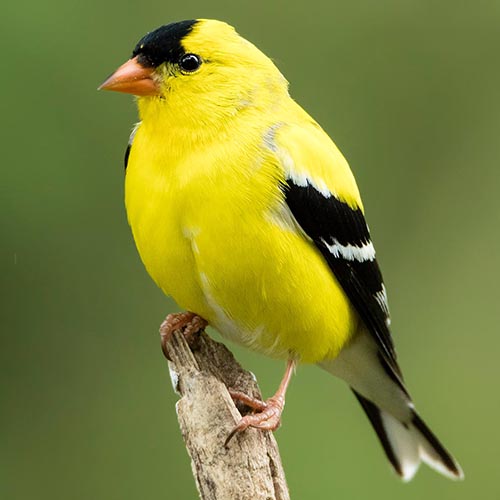
Birding Tools and Technology to Help You Be a Better Birder
in PodcastBirding is a fun activity with many different ways you can do it. You can bird by ear and identify birds by their songs. You can look at the birds and identify them that way. You can watch the birds out your window or as you spend time in your yard. Or you can go…
-
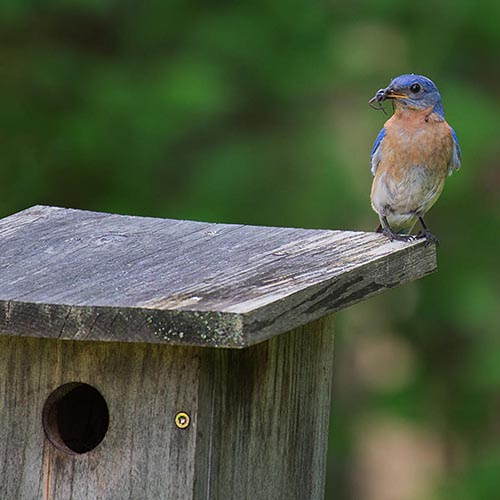
Everything You Want to Know About Nesting Birds with NestWatch
in PodcastDo you enjoy having birds nest on your property? Would you like to learn more about what to look for in a nest box to make it the best it can be for your birds? Are you interested in finding out how you can safely monitor your nesting birds and help scientists study nesting birds?…
-
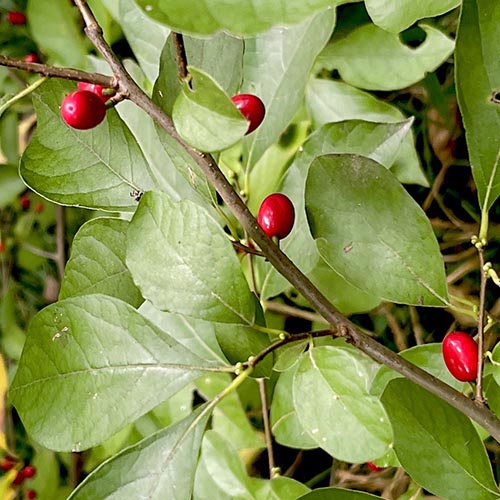
Spicebush – A Native Shrub with Plenty to Like
By: Anthony Trimboli When we think of native shrubs that have four season interest the hollies often come to mind. Their bright red berries, spring bloom and foliage are all hard to beat when it comes to looking good in the landscape. But there is another alternative to the hollies that has many of the…
-
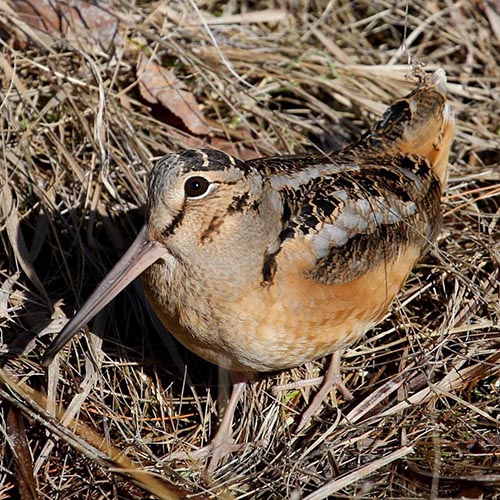
American Woodcock: Sky Dancers of Early Spring
The American woodcock (Scolopax minor), also known as the timberdoodle, is a funny looking bird. It can be found throughout most of the eastern U.S. and southeastern Canada during at least part of the year. Every year I look forward to hearing their familiar “peents” and watching their sky dances – a sure sign that…
-
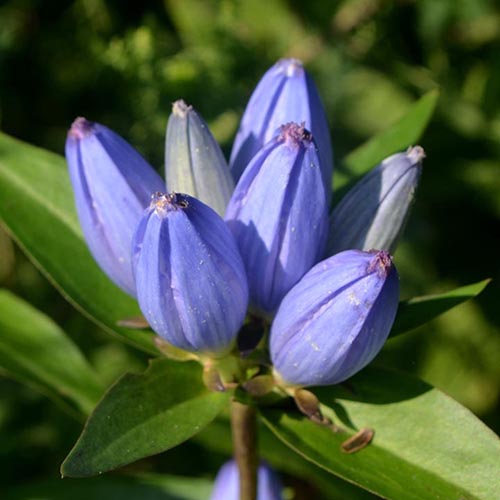
Growing Native Plants, Insect-Plant Interactions, Playing in the Pond, and Much More with Dr. Randi Eckel
in PodcastYou know how sometimes you’ll meet someone and things just “click?” You quickly discover that you have lots of shared interests and experiences and your conversation just flows as it goes down one path and then the next. Well, that’s exactly what happened in this episode as I talked with Dr. Randi Eckel. Randi is…
-
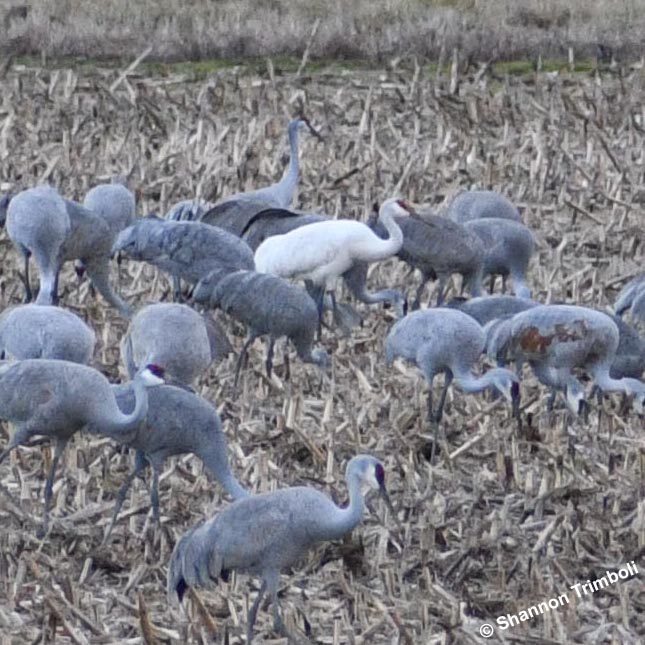
Recent Nature-related Discoveries in My Yard and Community – December 2022 and January 2023
I hope you had an amazing holiday season and your new year is off to a wonderful start. I also hope that over the last couple of months you were able to make some time to get outside, relax, and enjoy some of the nature surrounding you. Below are a few of the nature-related discoveries…
-
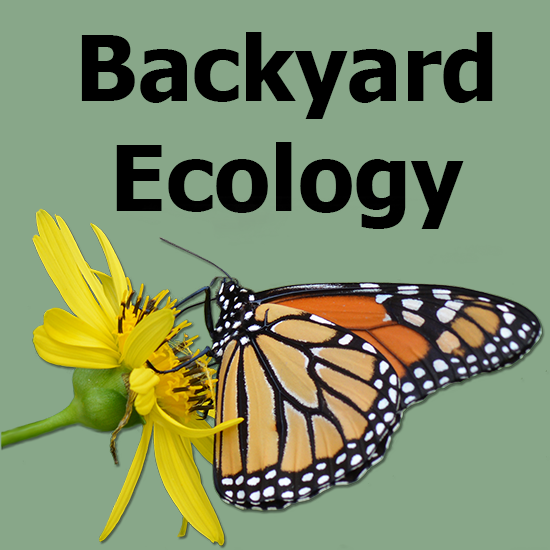
Top 10 Most Popular Backyard Ecology Episodes: Thanksgiving 2021 – Thanksgiving 2022
in PodcastOver the past year, we’ve had some amazing conversations with a variety of highly talented and passionate people. I am very grateful to them for sharing their enthusiasm and knowledge with us. What was your favorite episode of the year, and why? Please let us know in the comments. For today’s episode, I’m going to…
-
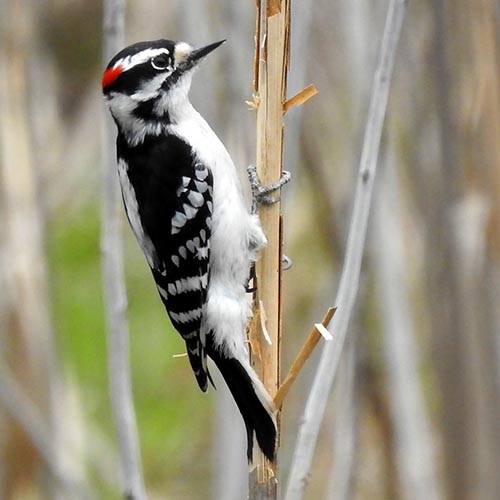
Downy Woodpecker: Our smallest woodpecker and a common backyard visitor
When I was a kid, downy woodpeckers were common visitors to our suet feeders and the platform feeder that held black sunflower seeds on the front porch. So, I had lots of opportunities to watch them. They were probably the second species of woodpecker that I learned to identify. (The first woodpecker species I learned…
-
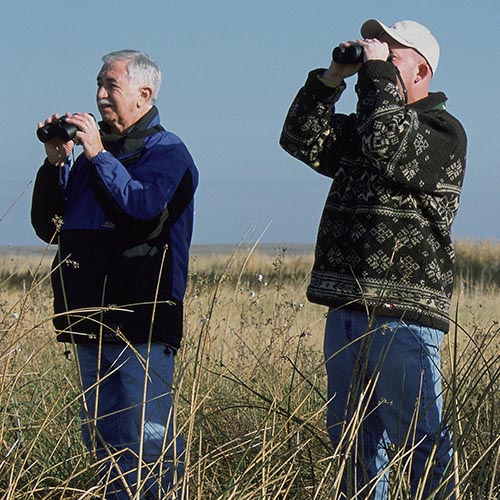
The Christmas Bird Count: An Over 120 Year Tradition
in PodcastThe Christmas Bird Count, also known as the CBC, began in 1900. For the past 122 years, volunteer birders of all ages and abilities have gathered together to conduct surveys of the birds found in their areas. The Christmas Bird Count is the longest running, community science or citizen science program in the U.S. and…
-
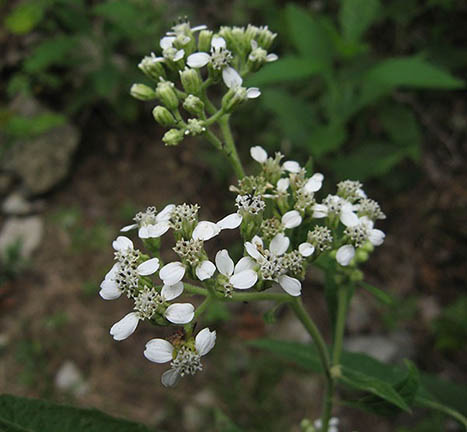
White Wingstem: A Late Fall Nectar Source and Frost Flower Producer
When we think about early winter interest in the garden or landscape, we are often thinking about trees or shrubs that have interesting bark or brightly colored berries. Native grasses can also provide early winter interest with their golden browns and attractive seedheads. However, rarely do we think about herbaceous plants as a source of…
-
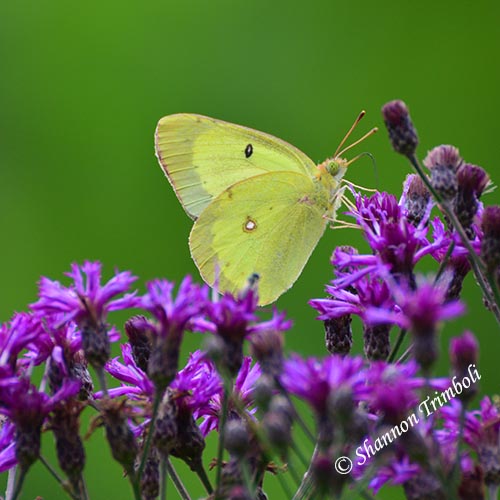
Tall Ironweed: A Beautiful Source of Fall Nectar and Pollen
Ironweeds are perennial, native wildflowers that produce beautiful, purple blooms about the time the goldenrods start to light up the fields. There are approximately 15 different species of ironweeds (Vernonia spp.) in the eastern U.S. with more out west. The most widespread species in the eastern U.S. is tall ironweed or giant ironweed (Vernonia gigantea…
-
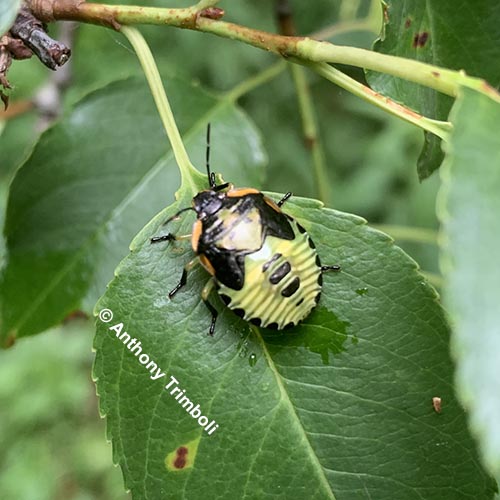
Recent Nature-related Discoveries in My Yard and Community – June and July 2022
The last month or so has been incredibly hot, dry, and humid where I’m at. Heat indexes of over 100 have become normal. I’m very grateful for all the wildlife that I can view from the house while sitting in the air-conditioned comfort on those hotter days. Yet, even with the miserably hot weather, we’ve…
-
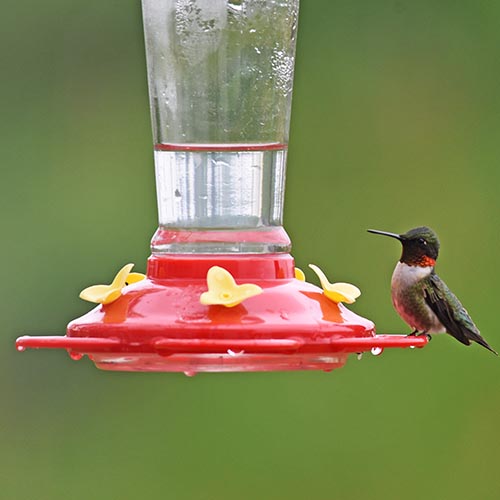
10 Tips for Feeding Hummingbirds: Hummingbird Feeder Safety and Beyond
Hummingbirds are fascinating and common visitors to our yards. Attracting and feeding hummingbirds is a favorite activity of many people. The internet and social media are full of advice for attracting and feeding hummingbirds, and like for most topics, some of the information is good and some isn’t. In fact, some of the information I’ve…
-
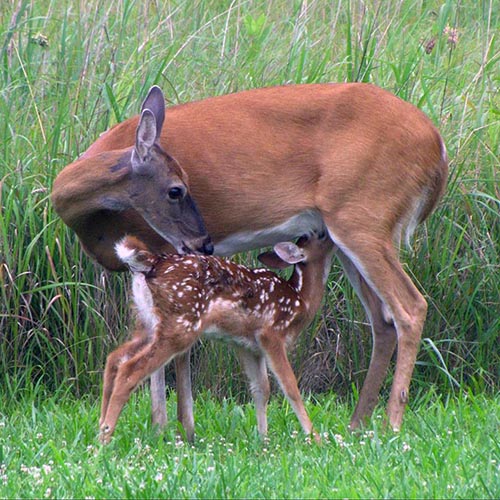
Summertime Activities and an Exciting Backyard Ecology Announcement
in PodcastSummer brings with it butterflies, lightning bugs, caterpillars, hummingbirds, fawns, baby birds, and so much more. It can be a really fun time to just get outside and observe all of the fascinating plants and animals around us. There are also plenty of things that we can be doing at this time of year to…
-
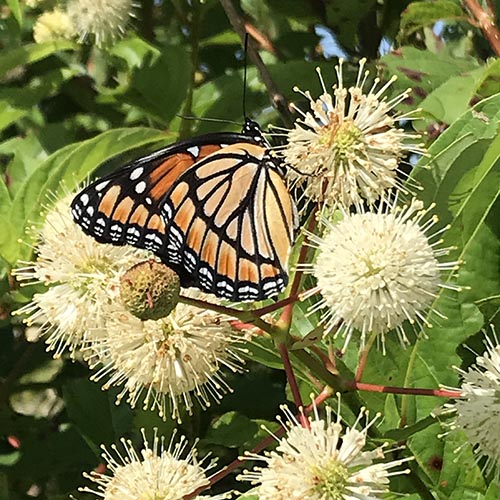
Buttonbush: A summer extravaganza for pollinators
Introduction Buttonbush (Cephalanthus occidentalis) is a deciduous shrub native to the eastern half of North America. It can be found growing naturally along creeks, ponds, lakes, and other fairly wet areas. Buttonbush can also be grown as a native ornamental in mostly sunny areas where the soil is on the moist side of medium to…
-
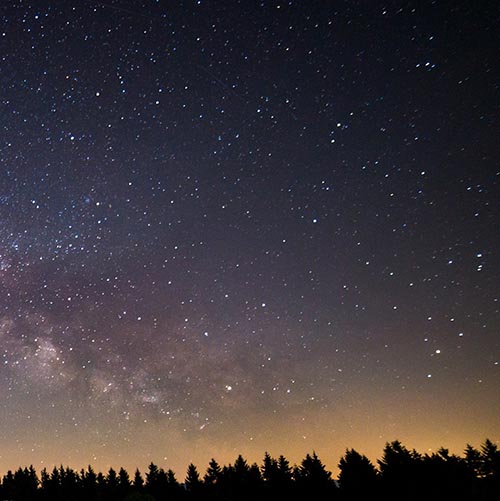
Light Pollution and Its Impacts on Birds and Other Wildlife
in PodcastOnce upon a time, the moon was the brightest object in the night sky followed by the stars. However, that’s no longer the case. Today the night sky is so brightly lit by artificial lights sources that the majority of people living in North America can no longer see the Milky Way from their yards.…
-
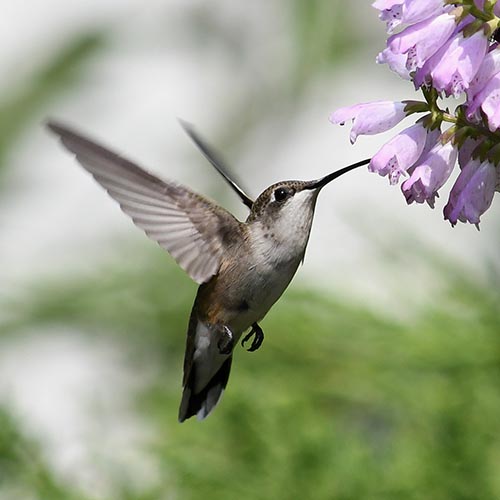
Attracting Ruby-Throated Hummingbirds to Your Yard
in PodcastRuby-throated hummingbirds are common and much beloved summer visitors to yards and gardens throughout the eastern U.S. and Canada. In this episode of the Backyard Ecology podcast, we talk about ruby-throated hummingbirds, their northward migration, and how to make our yards more hummingbird friendly. We are joined in this conversation by Cyndi Routledge who is…
-
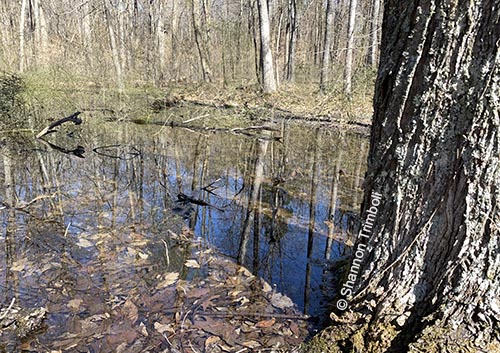
Recent Nature-related Discoveries in My Yard and Community – February and March 2022
It’s spring! The days have been getting noticeably longer. The birds are starting to sing in the mornings. The spring ephemeral wildflowers are starting to bloom. Spring tree top flasher firefly larvae are on the tulip poplar trunks. The first butterflies of the year are coming out. And the phoebes are bouncing between their two…
-
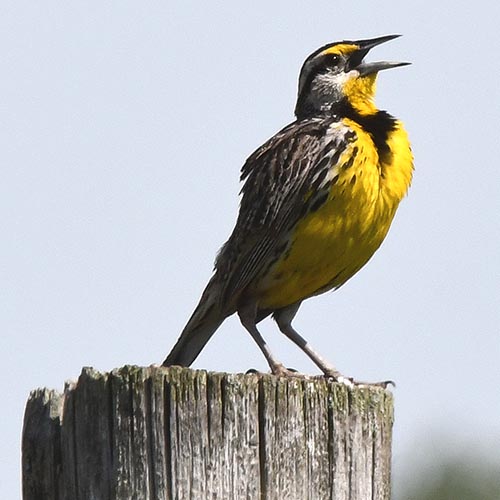
Grasslands and Grassland Birds of the Eastern U.S.
in PodcastGrassland birds such as bobwhite quail, meadowlarks, sparrows, northern harriers, burrowing owls, and many others represent one of our fastest declining groups of birds. In many ways, this makes sense since grasslands are some of our fastest declining ecosystems, especially in the eastern U.S. Yet, many people don’t realize how rapidly grassland birds and the…
-
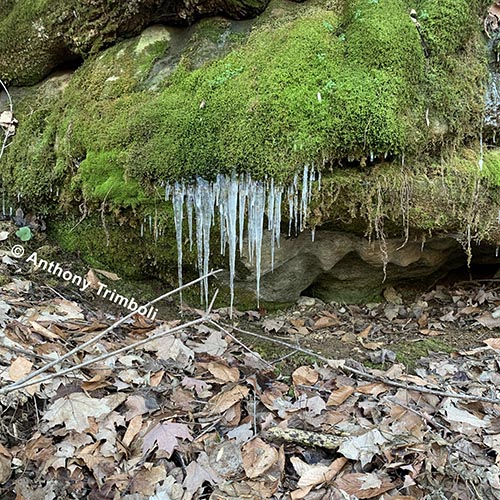
Recent Nature-related Discoveries in My Yard and Community – December 2021 and January 2022
Weather-wise, the last couple of months have been insane. In early December, I still had a few scattered goldenrods in bloom. They were all individuals that had been browsed or cut earlier in the year, which kept them from blooming at the same time as the other goldenrods. I was also still seeing the occasional…
-
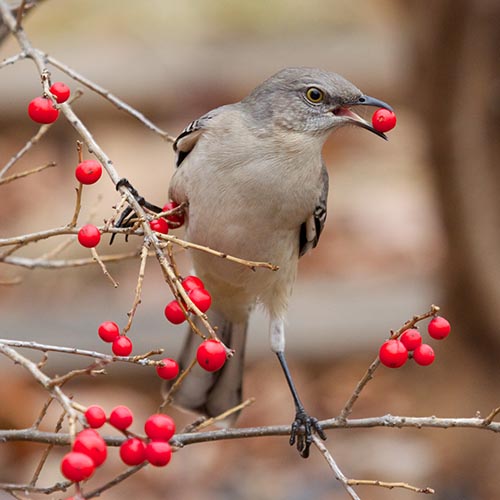
Songbirds, Fire, and Seed Dispersal
in PodcastSometimes you read or hear something that makes you say, “Wait a minute! What?” It was one of those moments that led to this episode. In this episode of the Backyard Ecology podcast, I talk with David Mason. David is a PhD candidate at the University of Florida who has been doing some really interesting…
-
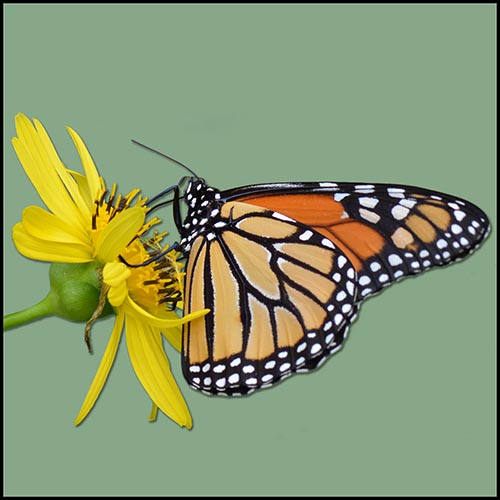
Top 10 Backyard Ecology Blog Articles in 2021
I officially launched the Backyard Ecology blog in September 2020. Over the past 16 months, I’ve written over 50 Backyard Ecology blog articles, in addition to producing Backyard Ecology podcast episodes. The blog articles have covered a wide variety of topics, but generally can be grouped under 4 main categories: Profiles of native critters Profiles…
-
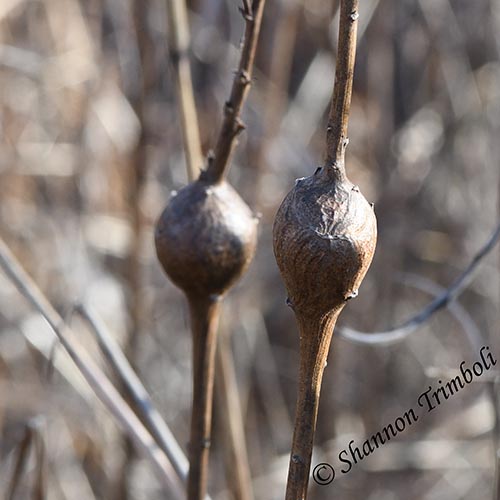
The Goldenrod Gall Fly: An Insect with a Fascinating Life History and Valuable Role in the Ecosystem
Overview Sometimes when we are walking through our yards or communities, we don’t see the critters themselves as much as we see the signs they leave behind. Such is the case with the goldenrod gall fly (Eurosta solidaginis). Goldenrod gall flies can be found throughout most of North America. There are two subspecies – one…
-
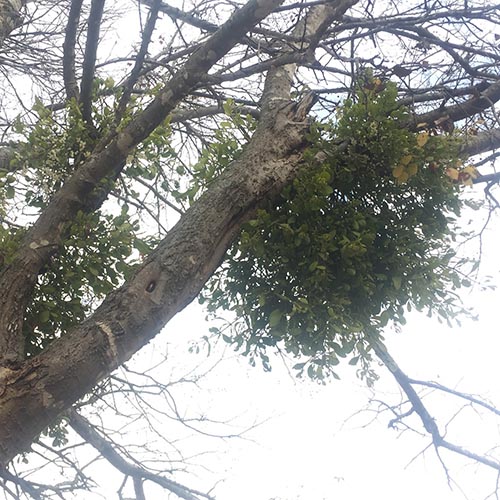
American Mistletoe – A Holiday Plant Enjoyed by Pollinators and Wildlife
It’s hard to miss the basketball-sized clusters of green leaves decorating the bare upper branches of trees as they reach up to the winter sky. Those basketball-sized clusters of leaves are most often mistletoes. There are several different species of mistletoe in North America, and even more in other parts of the world. Some prefer…
-
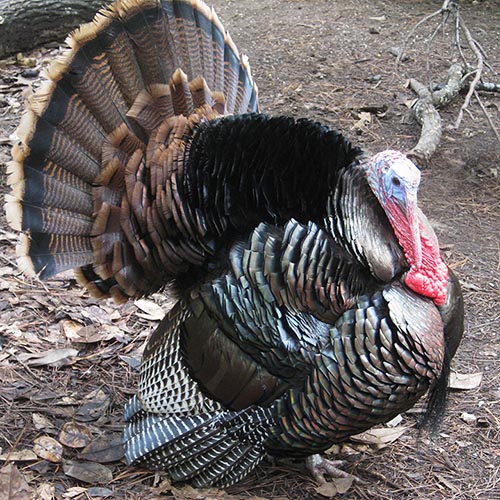
Wild Turkeys: A Conservation Success Story, Where We Are Now, and What We Can Do
in PodcastWild turkeys are fascinating birds that are only found in North America. They are also a conservation success story – one which most people aren’t aware of because the turn-around was so successful. In this episode of the Backyard Ecology podcast, we talk with Dr. Bret Collier. Bret is a Professor of Wildlife Ecology at…
-
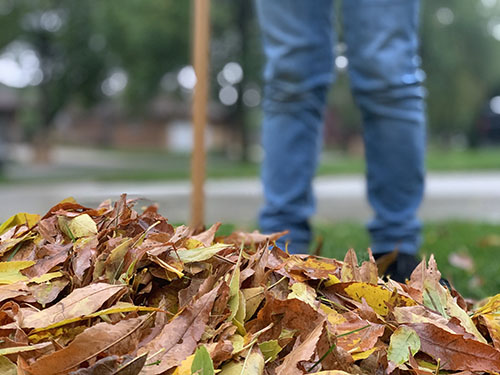
Leave Your Fall Leaves for Pollinators and Wildlife
Think of fall in the eastern U.S. and fall foliage is likely to be high on the list of things that comes to mind. People will drive for hundreds of miles to admire a forest ablaze in bright red, orange, and yellow leaves. More than one vacation, wedding, or other special event is planned each…
-
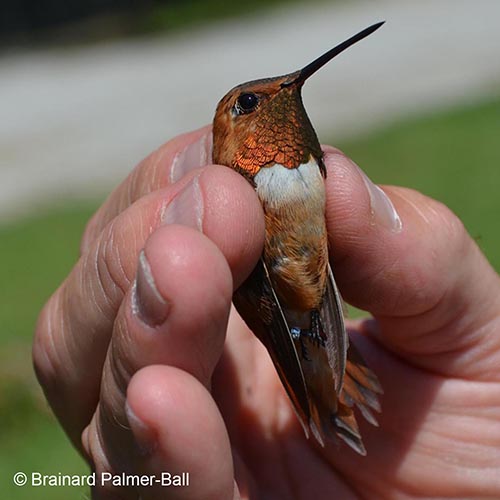
Winter Hummingbirds in the Eastern U.S.
in PodcastWe always think of hummingbirds as being summer birds. But, did you know that we also have winter hummingbirds? They aren’t common, and they become less common the further you are from the southern coastal plains; however, they aren’t unique either. In the winter of 2011-2012, I was lucky enough to host one of these…
-
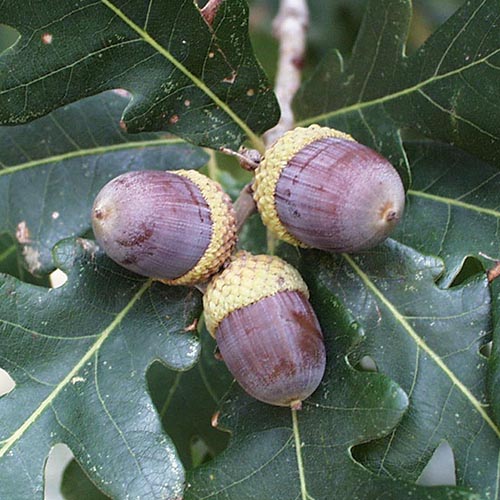
Acorns, Birds, Reptiles, Amphibians, and More: Responses to Forest Disturbances
in PodcastWhat happens when you do a shelterwood cut, conduct a prescribed burn, or have some other natural or human-made disturbance event in oak hickory forests? What happens to the acorn crop? How do different types of wildlife respond? What about the other vegetation in the woods? In this Backyard Ecology episode I talk with Dr.…
-
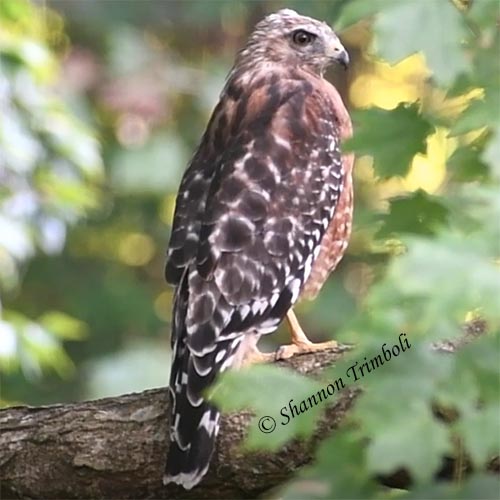
Recent Nature-related Discoveries in My Yard and Community
It’s been a while since I shared some of my nature-related discoveries with you. So, I thought it was about time to do it again, especially since I found and was able to observe so many fun and cool nature-related discoveries in August and September. Below are just a few of them. American carrion beetles…
-
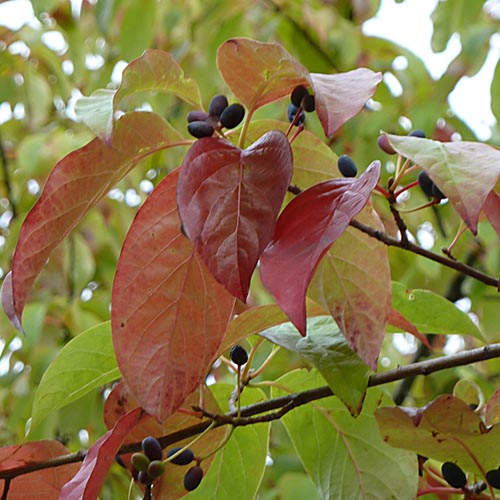
Black gum: A wonderful wildlife tree that also works well in landscaped settings
Have you ever been walking in August or September and noticed a tree with a few scattered red leaves? You may have thought “that’s weird,” because obviously it is still way too early for the leaves to be turning colors. If so, you may have been looking at a black gum. Black gum is a…
-
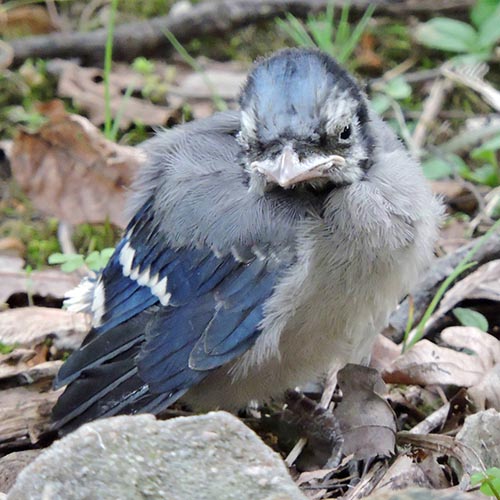
Mysterious Bird Deaths of 2021: Digging Deeper into the Bird Mortality Event
in PodcastIn the spring of 2021, reports started coming in of birds dying with weird eye and/or neurological symptoms. At first, it seemed like the bird mortality event was only in Washington, D.C., Maryland, and Virginia, but before long reports began to also come in from West Virginia, Delaware, New Jersey, Pennsylvania, Ohio, Indiana, Kentucky, Tennessee,…
-
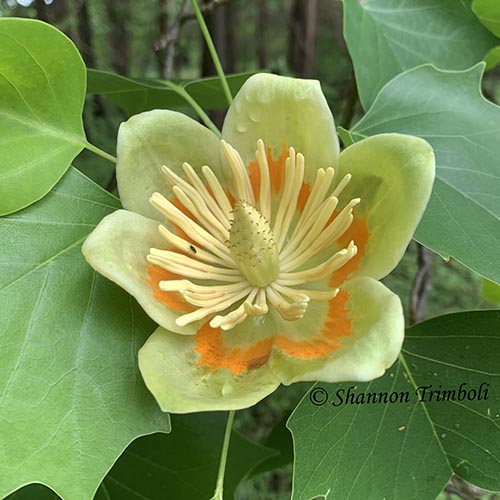
Recent Nature-related Discoveries in My Yard and Community
This has been a crazy year. The temperatures in May seemed cooler than normal to me and it was relatively dry overall. I mean, we would get a gully washer of a storm, then nothing….. until another gully washer came. We definitely didn’t seem to get the frequent, gentle May showers that I tend to…
-
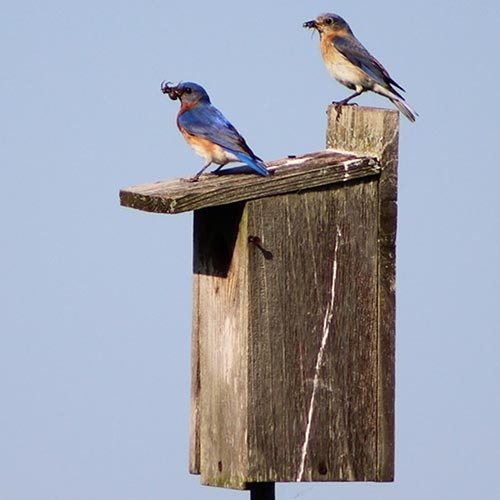
Eastern Bluebirds: Biology and Tips for Attracting
in PodcastEastern bluebirds are a conservation success story. Their numbers plummeted in the early 1900s. Then in the 1960s and 70s, consorted efforts were started to establish bluebird trails and similar programs. Growing up in the late 1970s and 1980s, I remember often hearing about the plight of the eastern bluebird and the need to put…
-

Reconnecting with the Natural World at Night
in PodcastIt is so easy to come home at the end of a long day, eat supper, and then just sink into the couch to veg out for a bit or keep ourselves busy with household activities that need to be done. I’ll be honest, I’m as guilty as the next person of falling into that…
-
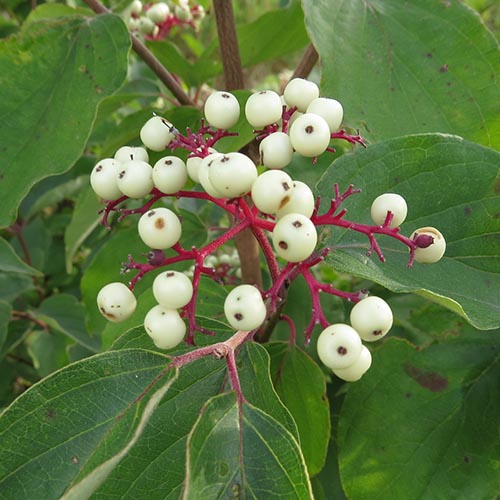
Attract Songbirds by Planting Native Trees and Shrubs that Produce Berries
Planting native trees and shrubs that produce berries is a great way to attract songbirds to your yard. Many of our songbirds rely on berries and other berry-like fruits for at least part of their diet. Some of our migratory songbirds, like gray catbirds, consume a significant amount of fruit, especially during their fall migration.…
-
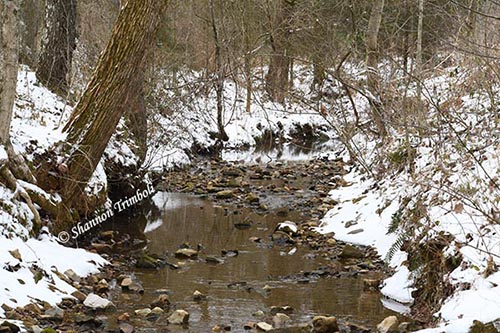
Nature-related Discoveries in My Yard and Community – February 2021
Wow! February went just a wee bit crazy, didn’t it? Within about a week and a half to two weeks we had three different winter storms. (For friends and family living further north, that’s a lot of wintery weather in a short time for us.) That was after a relatively mild January. The snow doesn’t…
-
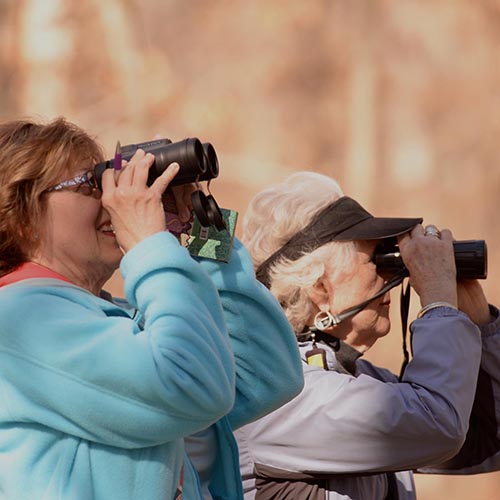
The Great Backyard Bird Count
in PodcastThe Great Backyard Bird Count is an annual citizen science / community science project hosted by the Cornell Lab of Ornithology, Audubon, and Birds Canada. This international project takes place all over the world for four days every February. In 2021, it will happen February 12-15. In today’s episode of the Backyard Ecology podcast, we…
-
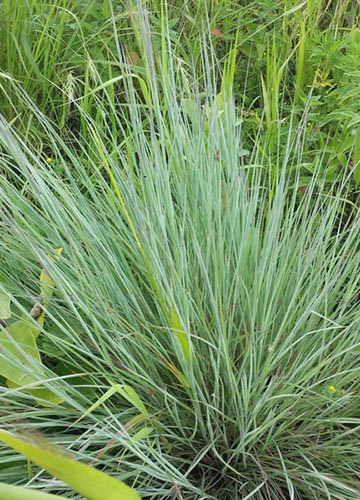
Little Bluestem: A Native Grass for Prairies and Gardens
Little bluestem (Schizachyrium scoparium) is native to the lower parts of Canada and almost the entire lower 48 states in the U.S. It can be found growing naturally in barrens, prairies, savannas, and open woodlands. Little bluestem prefers drier upland sites, but is occasionally found in lower moister areas, especially in some parts of its…
-
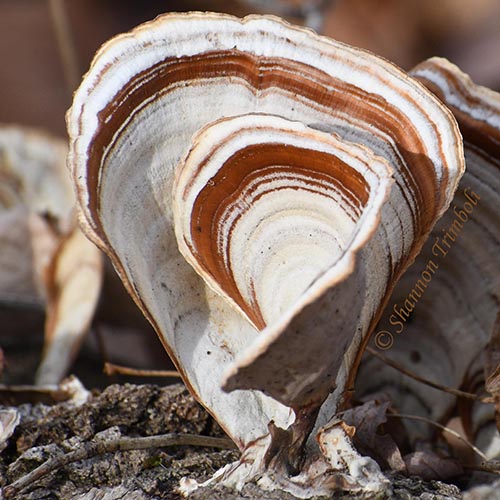
Nature-related Discoveries in My Yard and Community – December 2020
I hope everyone had a good a holiday season and start of the new year. December was kind of a difficult month for me this year – lots of personal stuff going on. But I was still able to get outside some and enjoy the nature around me. Here are some of the fun nature-related…
-
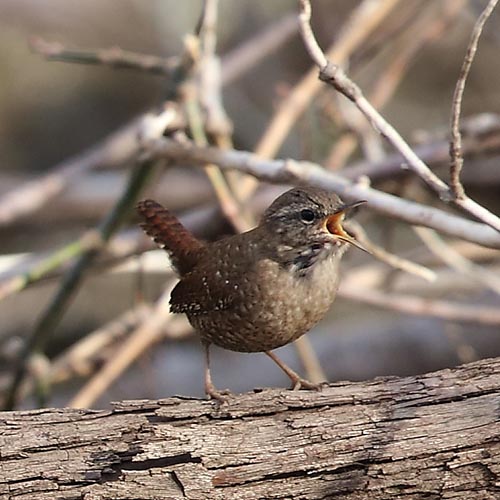
Winter Wren: One of our “other” wrens
When we hear the word “wren,” many of us picture the Carolina wren because it is found year-round throughout most of the eastern U.S. and is such a vocal and animated bird. However, the Carolina wren isn’t our only wren. Besides the Carolina wren, we have four other species of wrens in the eastern half…
-
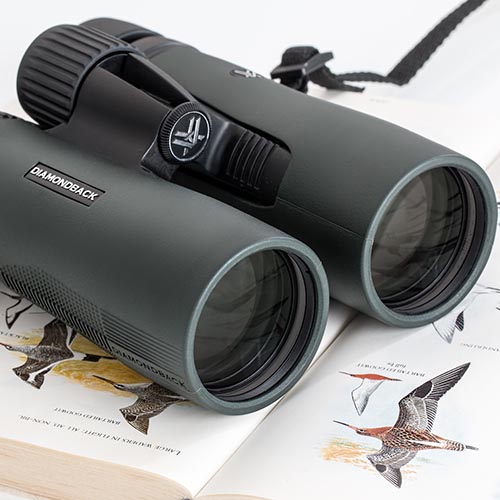
The Christmas Bird Count – Over 100 Years of Community Science
in Take ActionFor tens of thousands of people, the hustle and bustle of holiday activities also includes participating in an event that has been happening for well over a century – the Christmas Bird Count. This tradition started in North America in 1900. Since then, it has grown tremendously and has resulted in a priceless treasure trove…
-
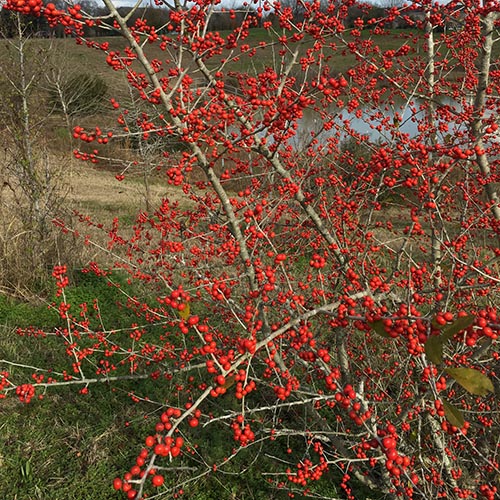
Possumhaw: A deciduous holly
Possumhaw (Ilex decidua) has many common names including deciduous holly, swamp holly, and prairie holly. It is also sometimes called winterberry, but be aware that “winterberry” is more commonly used in reference to Ilex verticillata, which is also a deciduous holly. To make things more complicated, Ilex verticillata is sometimes called “deciduous holly,” even though…
-
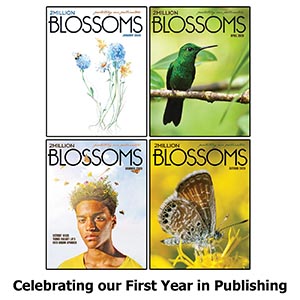
2 Million Blossoms and Dr. Kirsten Traynor
in PodcastHi Everyone! On today’s episode of Backyard Ecology we talk with Dr. Kirsten Traynor, a research associate at Arizona State University and the editor of 2 Million Blossoms, a quarterly magazine dedicated to protecting our pollinators. Our conversation takes a curvy, twisty path that covers multiple different topics including what led her to start the…
-
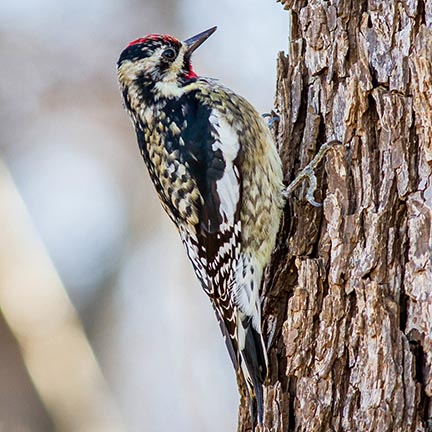
Yellow-bellied sapsucker – The only migratory woodpecker in the Eastern U.S.
Yellow-bellied sapsuckers (Sphyrapicus varius) are a unique species of woodpecker. At some point during the year, they can be found throughout most of Canada and the eastern half of the U.S. However, unlike our other woodpeckers, the yellow-bellied sapsucker is migratory with distinct summer and winter ranges. They also have a unique feeding style. Despite…
-
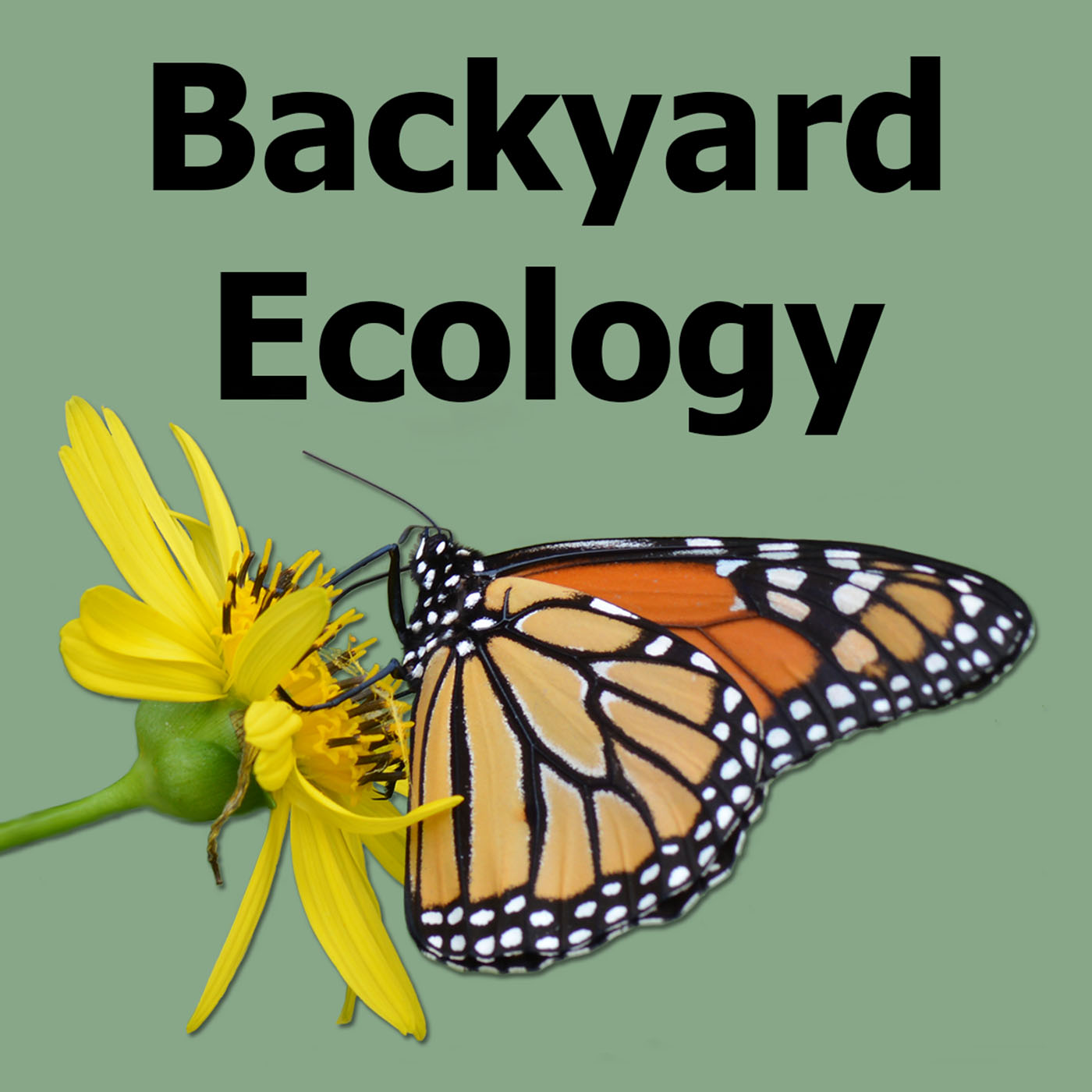
Announcing the Backyard Ecology Podcast
Over the last few months, I’ve been researching and working on a new project. Today I’m super excited to announce that I am launching a Backyard Ecology podcast! For those who might be wondering, a podcast is kind of like an audio version of a blog. I started listening to podcasts about a year and…
-
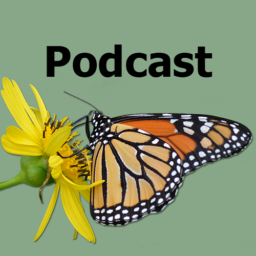
Introducing the Backyard Ecology podcast
in PodcastMany people believe that nature is only “out there” – in national parks, other large chunks of pristine land, or some far-off exotic place. For a long time, I did too. But the truth is that nature is everywhere and there are still plenty of discoveries to be made about the common species inhabiting our…
-
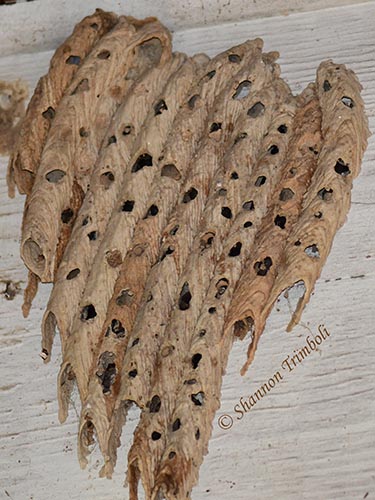
Let Birds Take Care of Mud Dauber Nests
Carolina wrens, woodpeckers, and many of our familiar backyard birds are insect eaters. As you might imagine, insects and other bugs become much more difficult to find during the winter. In natural areas, some of the places that they may forage for bugs over the winter include under tree bark, in the leaf litter, and…
-
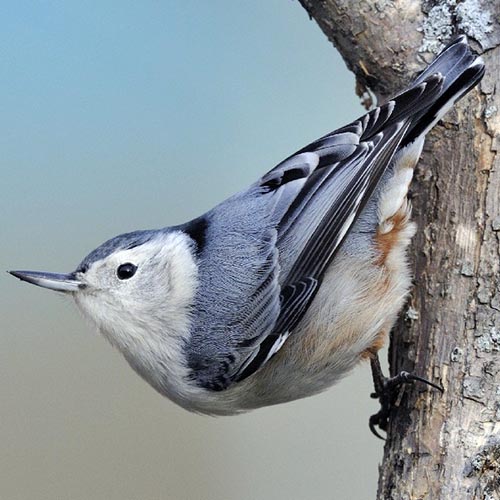
White-breasted Nuthatch: Our most common and widespread nuthatch
In the eastern U.S., we have three species of nuthatch. The most common and widespread species is the white-breasted nuthatch (Sitta carolinensis). In fact, the white-breasted nuthatch is a year-round resident throughout most of the U.S. It can be found in forests, along the edges of woodlots, and in suburbs and urban areas with large…
-
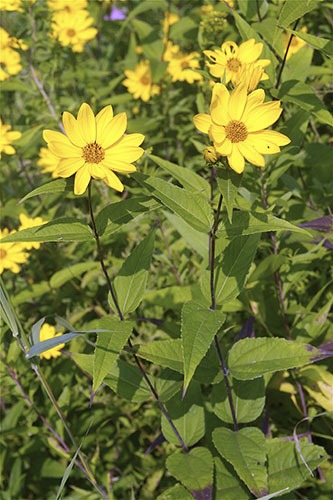
Rough Sunflower
Helianthus hirsutus, a.k.a rough sunflower, hairy sunflower, or stiff-haired sunflower, is a native wildflower in much of the eastern and central U.S. Like its common names suggest, rough sunflower has hairy stems and leaves that give the plant a very rough texture. This rough texture helps make the plant relatively deer resistant. Deer may occasionally…
-
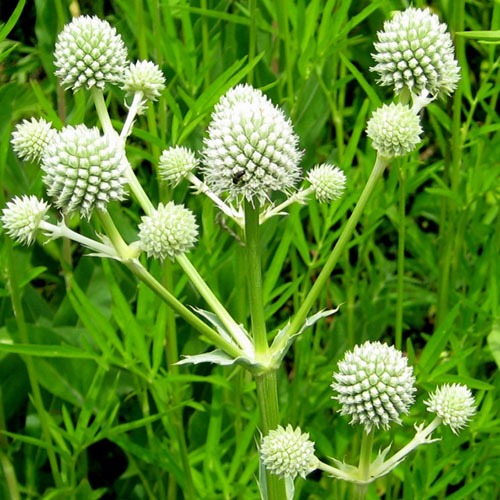
Rattlesnake Master
Rattlesnake master (Eryngium yuccifolium) is an unusual wildflower native to open areas in much of the central and eastern U.S. In the wild, it is an indicator of high-quality remnant prairie or barrens. It is also commonly included in prairie restoration or large pollinator plantings. In recent years, it has increased in popularity as a…
-
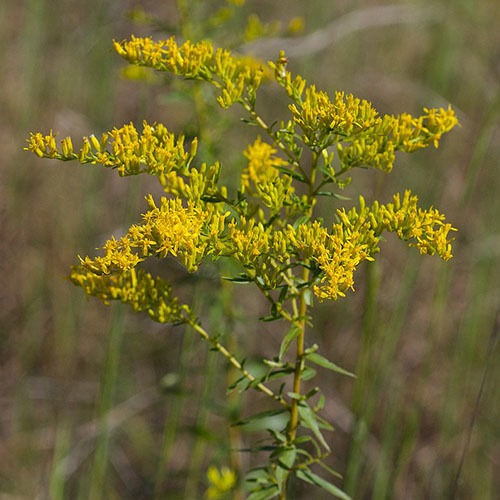
Sweet Goldenrod
Sweet goldenrod (Solidago odora) is one of the over 30 species of goldenrods native to Kentucky according to the USDA Plant Database. This species of goldenrod is also native to most of the eastern U.S. (sorry Indiana, Illinois, Michigan, and Maine – it’s not native in your states) and a few states west of the…
-
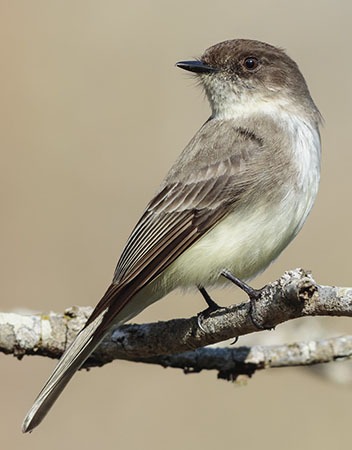
Eastern Phoebe
The eastern phoebe (Sayornis phoebe) is the flycatcher most likely to visit our yards. Eastern phoebes are grey to greyish-brown on top and a dirty white underneath. They are smaller than a robin, have a black bill, and often look like they have a crest or mohawk on top of their heads. Eastern phoebes can…
-
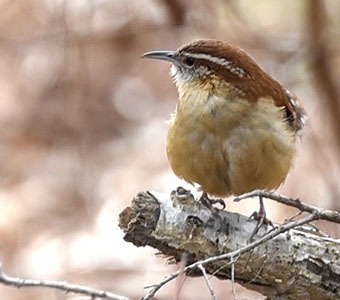
Create a Brush Pile
Brush piles can provide important habitat for songbirds, lizards, snakes, rabbits, and other small mammals. While brush piles are sometimes thought of as “ugly,” they don’t have to be. There are some beautiful, native flowering vines which can be encouraged to grow over the brush pile. The flowering vines are also likely to attract pollinators,…
-
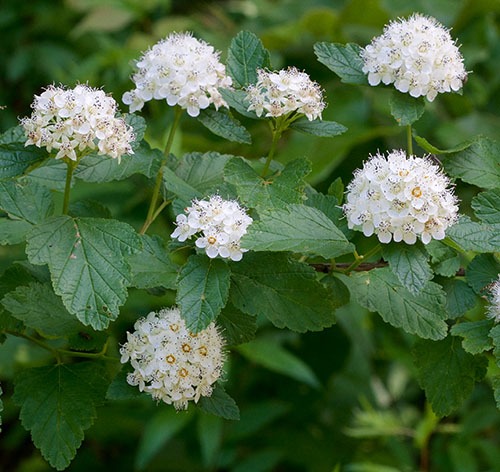
Ninebark
Ninebark (Physocarpus opulifolius) is native to most of the eastern half of the U.S. In the wild, this shrub is often found along streambanks, woods edges, rocky slopes, and moist open areas. Although it is often found naturally in medium to moist locations, once established, ninebark can be very drought tolerant. In recent years, ninebark…
-
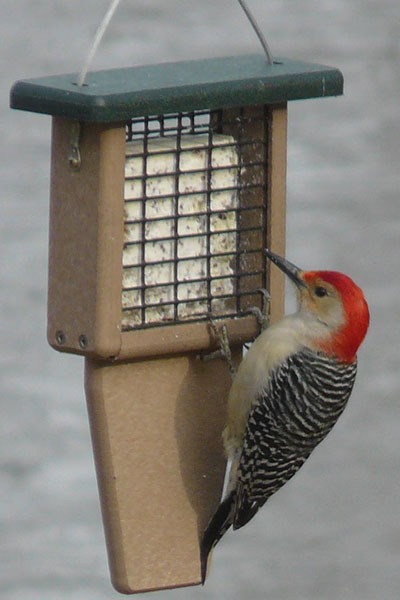
Provide Suet for Winter Birds
When we think about feeding the birds, we often envision bird feeders full of sunflower seeds or other types of bird seed. However during the winter, suet can also be a valuable addition to our bird feeding stations. Technically, suet is the hard fat that cows and sheep have around their kidneys and loins. This…
-
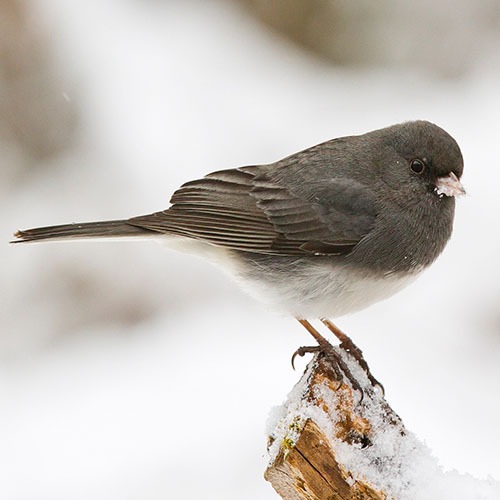
Dark-eyed Junco
The winter birds have started showing up over the last several weeks and among them are the dark-eyed juncos (Junco hyemalis). Dark-eyed juncos are in the sparrow family and can be found throughout most of North America. Like other sparrows, dark-eyed juncos are typically found in semi-open, brushy areas and along woods edges. Dark-eyed juncos…
-
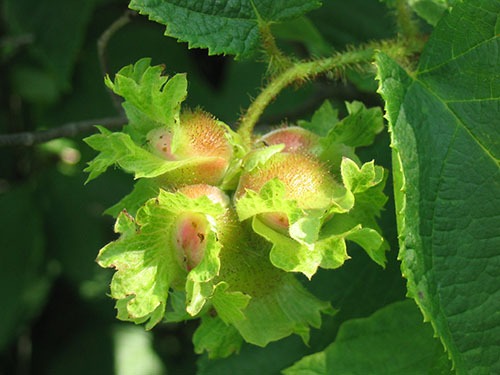
American Hazelnut
The American hazelnut (Corylus americana) is native throughout much of the eastern two thirds of the U.S. It grows in full sun to part shade, but produces more nuts in full sun, and will tolerate a wide variety of soils. This native shrub often forms multi-trunked thickets and can be 5-10 feet tall. American hazelnuts…
-
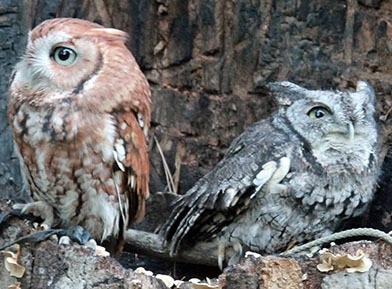
Eastern Screech Owl
The eastern screech owl (Megascops asio) can be found in forested areas east of the Rocky Mountains. It is one of our smaller owls – only about as long as a cardinal from the tip of its head to the tip of its tail, although the screech owl is much stockier than the cardinal. There…
-
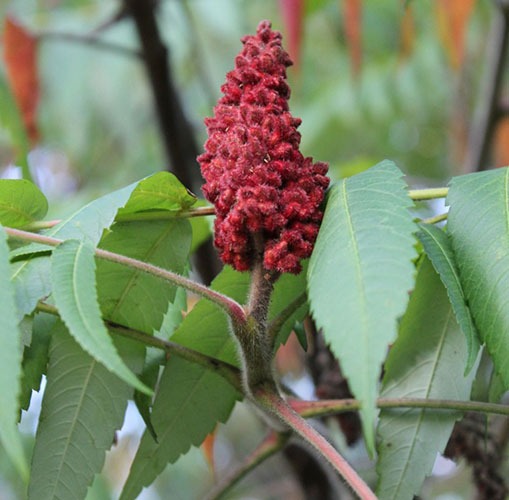
Staghorn Sumac
Note: Staghorn sumac and poison sumac (Toxicodendron vernix) are two different plants. They are both in the cashew family, but poison sumac is more closely related to poison ivy (Toxicodendron radicans) than staghorn sumac. At one time poison ivy and poison sumac were considered part of the Rhus genus, and some older references still contain…
-
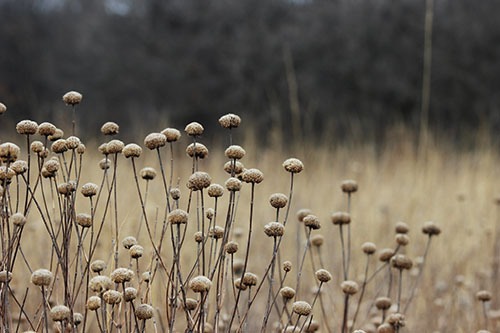
Only Mow Part of a Field Each Year
When mowing or bush hogging a field, only do approximately 1/2 to 1/3 of the field each year. This creates a more complex and multiple-aged habitat which benefits both wildlife and pollinators. For example, many of our butterflies will overwinter as a chrysalis attached to grass or flower stalks. Several of our native bees will…
-
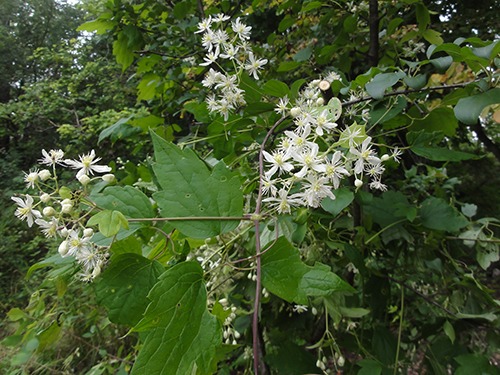
Virgin’s Bower
Virgin’s bower (Clematis virginiana) is a native vine that grows throughout much of the eastern two thirds of the country. As the scientific name suggests, this is a native clematis and related to the exotic clematises that are common in the horticulture trade. In the wild, virgin’s bower is most often found along streambanks or…
-
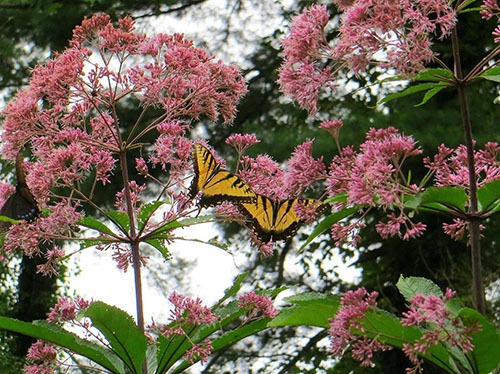
Joe-pye Weed
Joe-pye weeds are tall, native wildflowers that produce a large, pink cluster of flowers in the late summer / fall. Five species of joe-pye weeds (Eutrochium sp.) can be found in the eastern U.S. The three most common species are hollow joe-pye weed (Eutrochium fistulosa), spotted joe-pye weed (Eutrochium maculatum), and sweet joe-pye weed (Eutrochium…
-
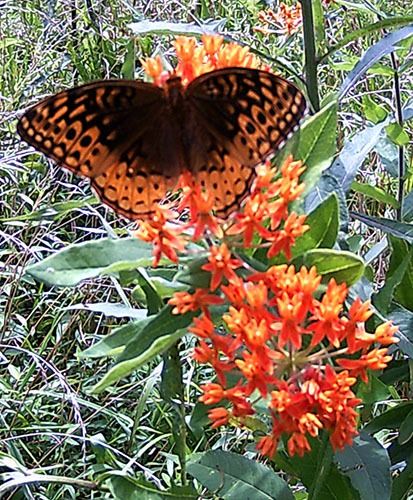
Trail cameras for Pollinators
in Take ActionIn previous articles, I’ve talked about various ways to attract pollinators and wildlife. However, part of the fun of attracting them is getting to watch them, and not all of our pollinators and wildlife will tolerate having a human observer nearby. So this week I’ve invited Charlie Logsdon, a biologist at Roundstone Native Seed, to…
-
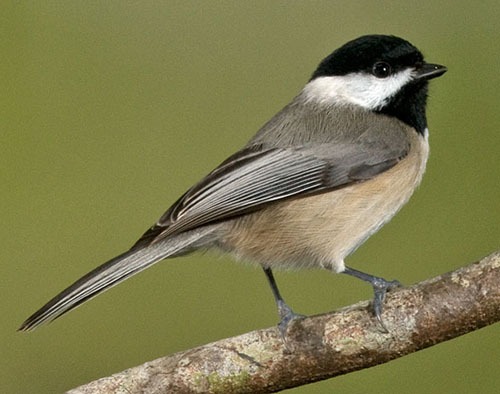
Carolina Chickadee
Carolina chickadees (Poecile carolinensis) are small, inquisitive, and vocal songbirds with black, grey, and white feathers. They are non-migratory and can be found throughout the southeastern U.S in areas with mature woods, including older subdivisions and wooded urban areas. Despite their small size, Carolina chickadees are relatively fearless and are one of the species of…
-
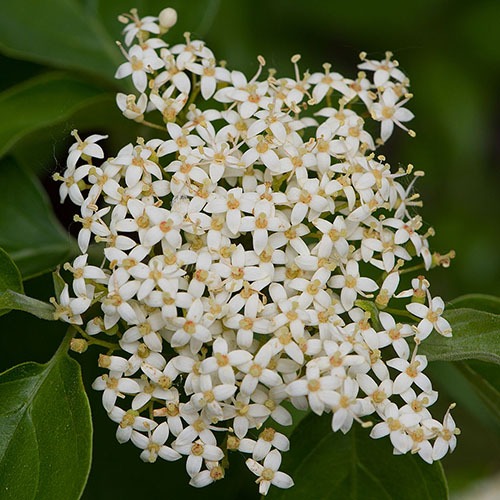
Rough-leafed Dogwood
The rough-leafed dogwood (Cornus drummondii) is one of five species of dogwoods native to Kentucky. It can be found growing in thickets, open woodlands, edges of fields or creeks, and savannahs. Rough-leafed dogwoods can grow 15-20 feet tall and will often send up new shoots to form a multi-trunk shrub or thicket. As one might…
-
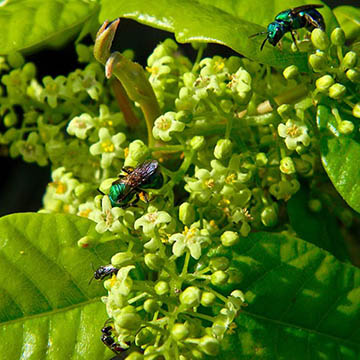
Poison Ivy
Poison ivy (Toxicodendron radicans) is a common and much-hated native plant that can be found throughout the eastern half of the continent. It seems to grow pretty much anywhere and the allergic reactions it can cause are infamous. However, no matter how much we may hate it, poison ivy plays an important role in the…
-
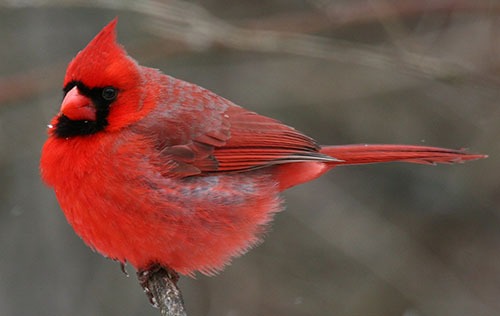
Northern Cardinal
Northern cardinals (Cardinalis cardinalis), often simply called “cardinals,” are a favorite backyard visitor for many people. Cardinals can be found throughout most of the eastern half of North America. It is the state bird for seven different states (IL, IN, KY, NC, OH, VA, WV), making it the most common species selected as a state…
-
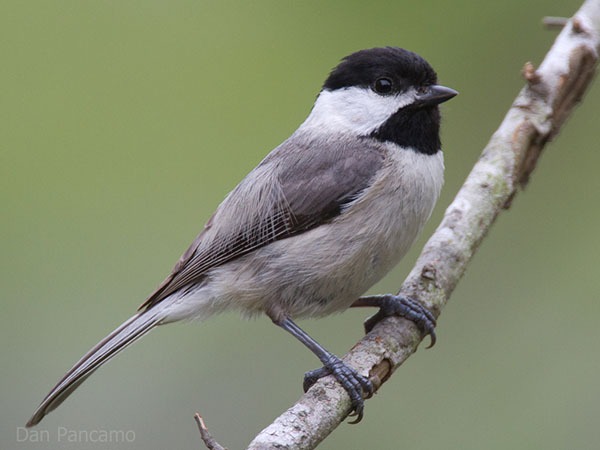
Plant at least 70% of yard in native plants to increase songbird nesting success
Carolina chickadees are not able to successfully raise enough young to maintain their population numbers in areas where less than 70% of the plants are native species, according to new research from the University of Delaware. The study was conducted in backyards throughout Washington, D.C. The research looked at the relationship between Carolina chickadee nesting…
-

3 Ways to Turn Christmas Trees into Wildlife Habitat
This is the time of year when Christmas trees seem to be everywhere. After the Christmas season, many of those trees are hauled out to the curb to be hauled to the landfill. However, did you know that if you have a real Christmas tree that you can use it to create wildlife or fish…
-
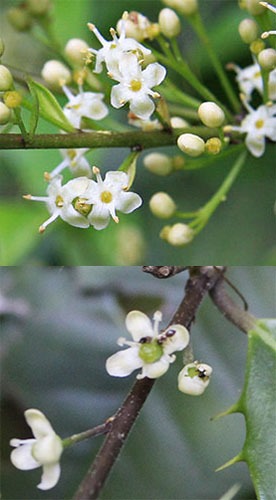
American Holly
The American holly (Ilex opaca) is a native evergreen tree that grows throughout much of the eastern half of the country. In the wild, it can be found growing in rich, well-drained (but not super dry), slightly acidic soils. It prefers mostly sunny areas, but can be found growing as an understory tree in semi-open…
-
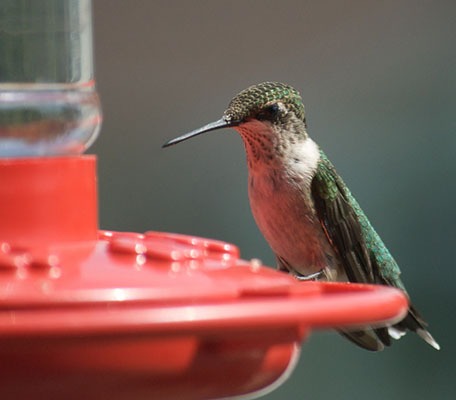
Leave Hummingbird Feeders Up for Fall Migration
Over the next several weeks, our hummingbird numbers will begin to drastically decline as they leave for their wintering grounds in Mexico and Central America. Growing up, I always heard that you should take your hummingbird feeders down in the fall so you don’t encourage the hummingbirds to stick around too long. I still occasionally…
-
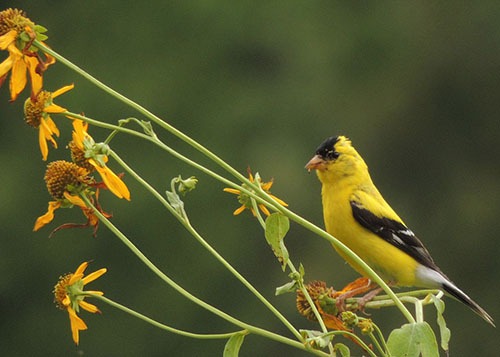
Leave Seed Heads for Songbirds
As we begin the transition from summer to fall, many of our summer flowers are starting to go to seed. It is often tempting to cut off the seed heads in an attempt to make our gardens looks neater, especially if you don’t want the plants spreading anymore. However, songbirds love to eat the seeds…
-
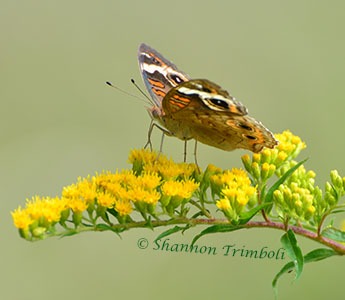
Goldenrods
Goldenrods (Solidago spp.) are in the aster family – the same family as daisies, sunflowers, and asters. The USDA Plants Database lists 33 species of goldenrods that are native to Kentucky. Two of those species, the white-haired goldenrod (Solidago albopilosa) and Short’s goldenrod (Solidago shortii) are federally endangered. The giant goldenrod (Solidago gigantea) is Kentucky’s…
-
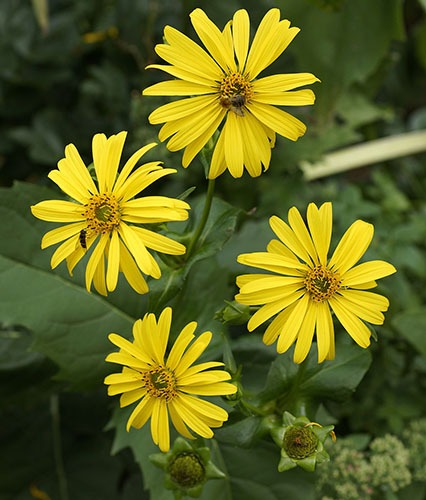
Cup plant
Cup plant (Silphium perfoliatum) is a tall wildflower that is native to Kentucky and much of the eastern U.S. It commonly grows 4-6 feet tall and has been known to grow even taller in ideal conditions. Once established, cup plant spreads both by seeds and by underground rhizomes that form clones. In favorable conditions, it…
-
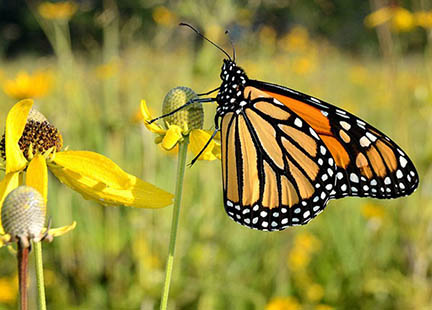
Grey-headed Coneflower
The grey-headed coneflower (Ratibida pinnata) is a perennial wildflower native to most of the eastern U.S. It grows naturally in dry prairies and barrens. Grey-headed coneflowers have also become a favorite addition to prairie restoration areas, pollinator plantings, and wildflower gardens. Another common name for the grey-headed coneflower is the yellow coneflower. Grey-headed coneflowers can…
-
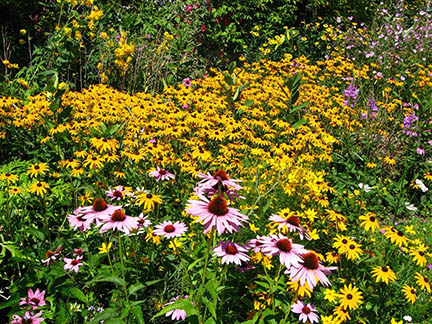
Incorporate Native Plants into Your Landscape
Incorporating native plants into your landscape can be a simple and effective way to attract pollinators and wildlife to your yard. While you can choose to plant only natives, you can also choose to have a mix of native and non-native plants. It doesn’t have to be all or nothing. Below are a few reasons…
-
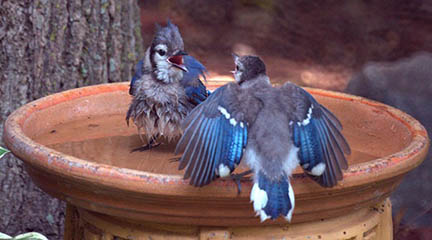
Provide Water for Birds
In nature, birds use puddles, rocky creeks, and other shallow water sources to bathe and drink. However, during the hot, dry, summer months, many of these water sources may dry up. Providing birds and other wildlife with a reliable source of this important resource is a good way to attract them to your yard. You…
-
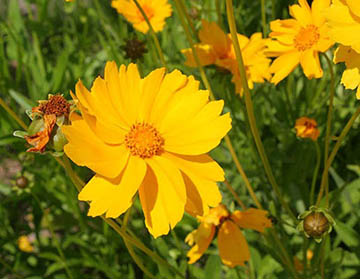
Lance-Leaf Coreopsis
Lance-leaf coreopsis (Coreopsis lanceolata) is native to most of the continental U.S. It is one of eight species of coreopsis native to Kentucky and is the species that is the most common. Other names for lance-leaf coreopsis include tickseed and sand coreopsis. The name tickseed comes from the fact that its dark brown seeds resemble…
-
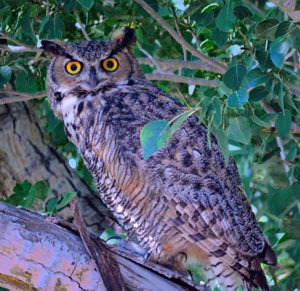
Great Horned Owl
Great horned owls (Bubo virginianus) are the largest owl found in Kentucky and surrounding states. Both males and females look alike, and their horns are actually just feathers. Great horned owls don’t migrate and a pair will defend the same territory year-round. They can be found in a wide variety of habitats including urban and…
-
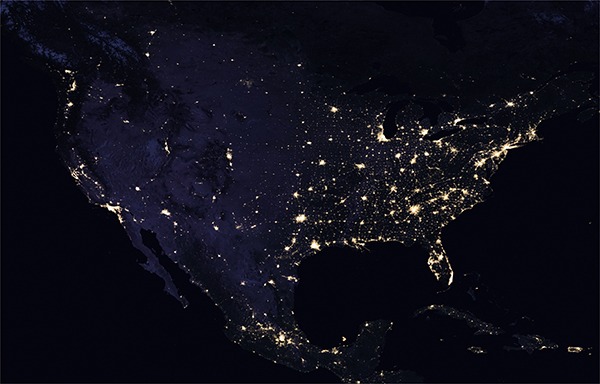
Turn Unneeded Lights Off at Night
Most of us probably don’t realize just how busy the nightlife can be from an animal’s perspective. Just because the sun goes down and people tend to migrate inside our well-lit homes, doesn’t mean that wildlife and pollinators do the same thing. Some species will curl up inside their homes to sleep, but many others…
-
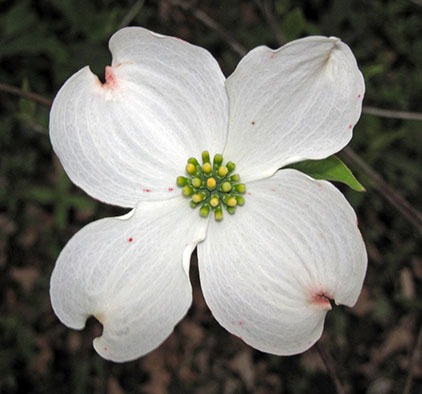
Flowering Dogwood
The flowering dogwood (Cornus florida) is a small tree or tall shrub native to much of the eastern U.S. It is probably the most familiar of our native dogwoods and is the one that most people are referring to when they say “dogwood.” In addition to growing wild in our woods, the flowering dogwood is…
-
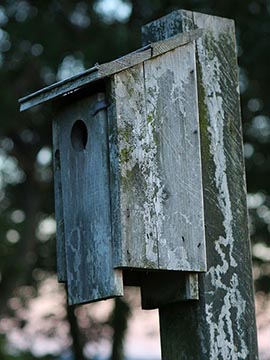
Choose the Right Type of Birdhouse
Birdhouses are often promoted as one way to attract nesting birds, primarily songbirds, to your property. But did you know that different types of birdhouses will attract different types of birds? Or that not all birds will use birdhouses? Or that some birdhouses can actually be harmful to birds? It is important to choose the…
-
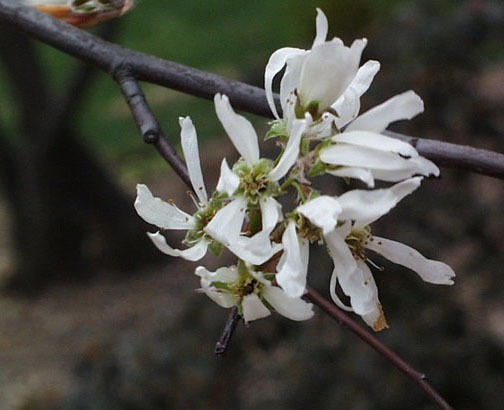
Serviceberry
Serviceberries (Amelanchier spp.) are small trees or large shrubs that typically grow to around 10-15 feet tall, but occasionally can be taller. There are multiple different species of serviceberry throughout the U.S. and Canada. In fact, every state except for Hawaii has a native species of serviceberry. In Kentucky, our two most common native species…
-
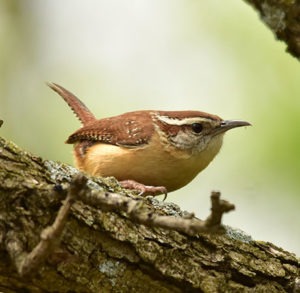
Carolina wren
The Carolina wren (Thryothorus ludovicianus) is a common visitor to backyards throughout Kentucky and much of the eastern U.S. Both the male and the female look alike. These chestnut-colored, medium-sized, songbirds have a ton of personality and are very vocal. Although you wouldn’t guess it based on how common they are at bird feeders in…
-
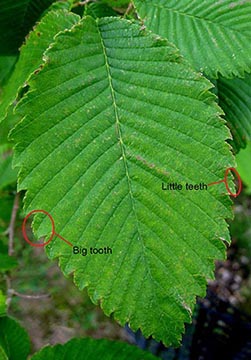
Elms
Elms are deciduous trees and many species can be found in different parts of the world. In Kentucky, we have four species of native elms – the American elm (Ulmus americana), slippery elm (U. rubra), winged elm (U. alata), and rock elm (U. thomasii). Other elms have been introduced as ornamentals and the Siberian elm…
-

Clean and Repair Birdhouses
Spring is rapidly approaching and some of the early nesting songbirds are starting to re-establish their territories. Now is the time to clean and inspect your birdhouses if you haven’t already done so. Even if you cleaned and inspected your birdhouse in the fall, it isn’t a bad idea to do another quick check. The…
-
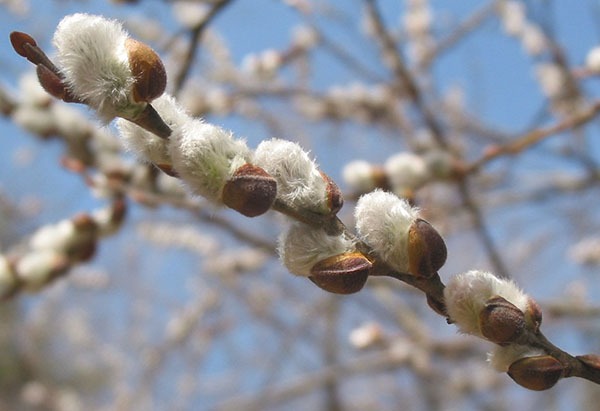
Pussy Willow
Different species of willow can be found throughout much of the Northern Hemisphere. There are several species native to Kentucky and several exotic species can be found growing as ornamentals. The pussy willow (Salix discolor) is perhaps our most familiar native willow, even though it is not Kentucky’s most common native willow. In addition to…
-
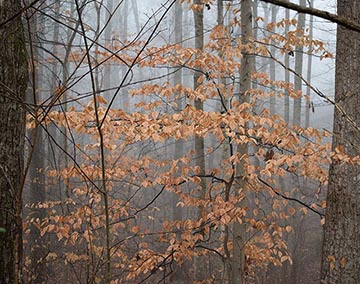
American Beech
The American beech (Fagus grandifolia) is a tall, deciduous tree that is native to the eastern U.S. It is the only beech tree native to North America. Other beech species are native to Europe and are sometimes planted as ornamentals. However, when most people in the eastern U.S. talk about beeches they are referring to…
-
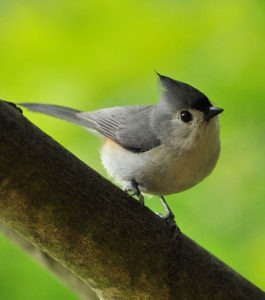
Tufted Titmouse
The tufted titmouse (Baeolophus bicolor) is the only species of titmouse found in the eastern U.S. These curious, vocal songbirds are in the same family as the chickadees. In fact, once upon a time, they were in the same genus as chickadees, but genetic testing resulted in the genus being divided into two. A tufted…
-
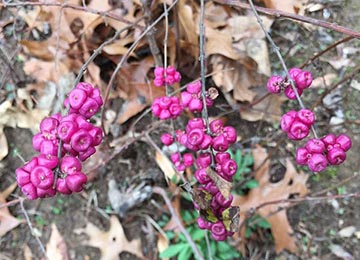
Coralberry
Coralberry (Symphoricarpos orbiculatus) is a deciduous shrub that is native to most of the eastern half of the U.S. It typically grows 2-4 feet tall and is most commonly found in semi-open woods. Coralberry blooms during the summer, but the flowers are not very showy and are often overlooked. It produces pinkish to purplish berries…
-
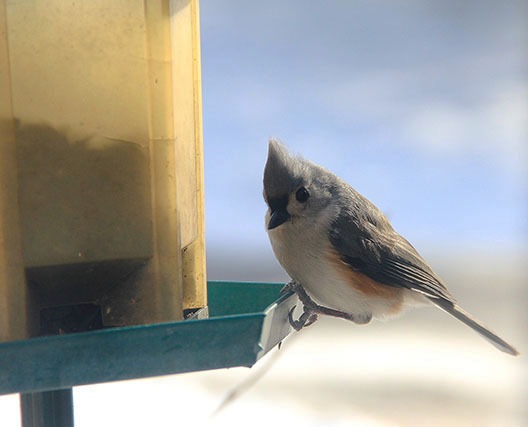
4 Common Types of Bird Seed and the Winter Birds They Attract
Many people enjoy feeding the birds, especially during the winter. It is a great way to attract birds to your home and to an area where you can easily watch them. The types of birds that come to your feeders will depend partly on the types of birds that are in your area and partly…
-
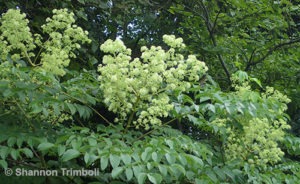
Devil’s Walking Stick
Devil’s walking stick (Aralia spinosa) is a small tree or tall shrub that is native to the eastern U.S. It is often found growing along the edges of forests or in open woodlands. Devil’s walking stick can be a very important plant for honey bees, native bees, and butterflies. From approximately mid-July to mid-August, devil’s…
-
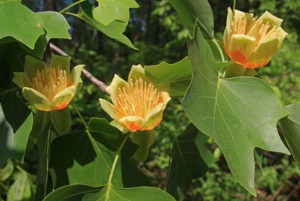
Tulip poplars – A source of abundant nectar and pollen for Kentucky pollinators
The tulip poplar (Liriodendron tulipifera), a.k.a. yellow poplar, tulip tree, or tulip magnolia, is a common and important part of our forests. Despite the name, tulip poplars aren’t poplars. Instead, the tulip poplar is in the magnolia family and is part of a genus that only has two species – the other species is found…
-

American Witch Hazel: The Last Flowers of the Year
It’s the time of year when almost everything has stopped blooming. If I look hard enough, I might be able to find a few clover, dandelion, or smartweed blossoms left. The crazy cold, then warm weather has also tricked our lilac into putting out a few blooms. However, for the most part, the flowering season…
-
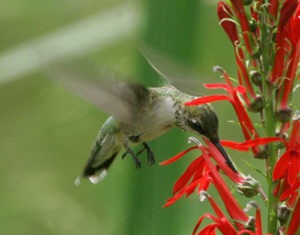
Ruby-throated Hummingbirds: A favorite summer visitor and important pollinator
Ruby-throated hummingbirds are the only hummingbirds that nest in the eastern United States. They arrive in Kentucky between mid-March and early April. The males arrive first and set up territories. When the females arrive, the males display to attract the females. The male’s mating display is a series of long swoops that look like he is…
-
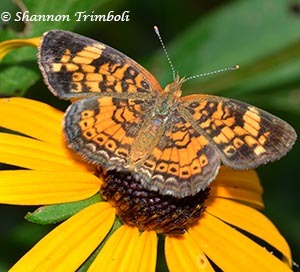
Black-eyed Susan: A favorite nectar source for butterflies
The black-eyed susan (Rudbeckia hirta) is a native wildflower that belongs to a group of flowers called the coneflowers. The coneflowers include popular wildflowers like the black-eyed susans, brown-eyed susans, purple coneflower, grey-headed coneflower, and many others. Coneflowers are semi-drought tolerant and bloom during the summer. In Kentucky, Black-eyed susans bloom from June to September. What…
